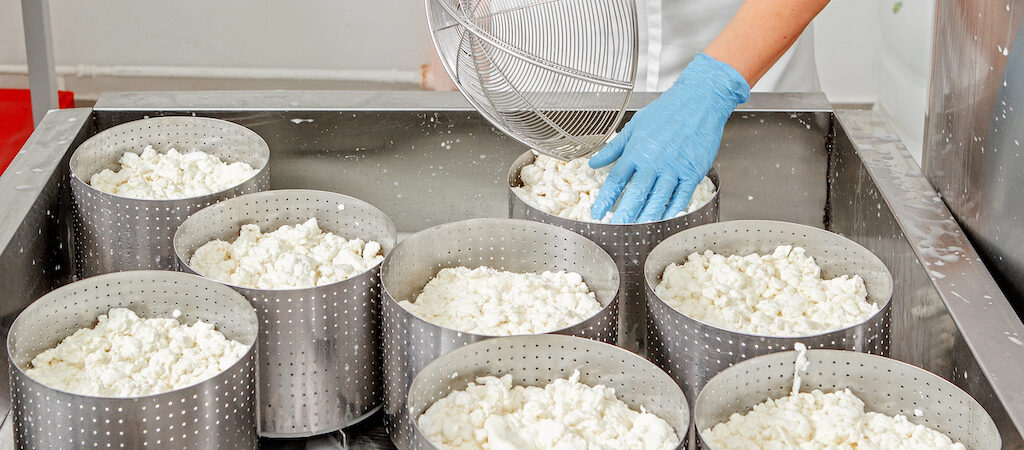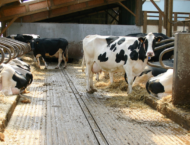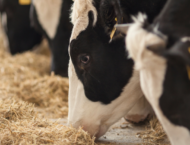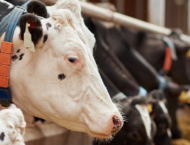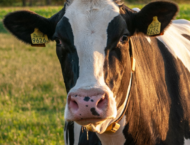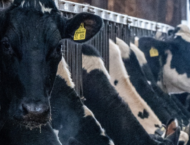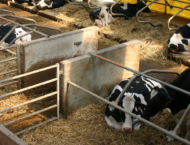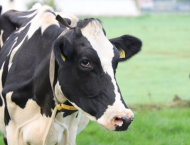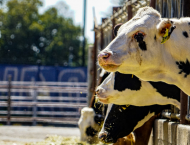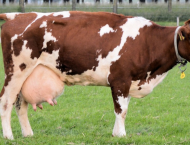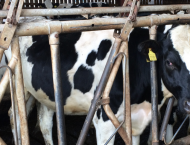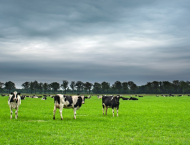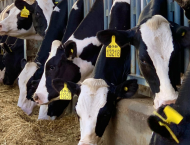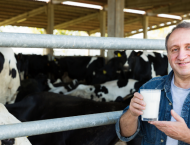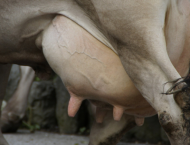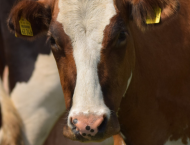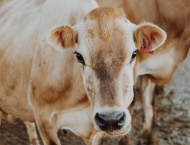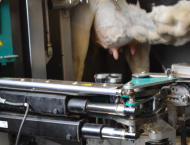From a food safety point of view, antibiotics (and, in general, antimicrobials) are chemical contaminants and, thus, pose risks.
In milk, the problem of residues is mainly related to the treatment of mastitis with antibiotics in lactation and at dry-off, but also to other diseases1.
Being compliant with legal requirements for drug residues in milk is crucial to avoid public health issues – potential allergies in consumers, development of antibiotic resistant bacteria, negative impacts on intestinal flora.
Moreover, antibiotic residues pose technological issues due to their ability to partially or totally inhibit the growth and metabolism of starter and non-starter cultures used in dairy processing. All this can lead to substantial losses of dairy products.
Detecting the presence of antibiotic residues in milk at the processing plant gates is a routine procedure. This is aimed at excluding the non-compliant milk from processing.
According to the specific active substance, its residual concentration and the sensitivity of cultures used to process milk, different effects occur in dairy products. Thus, if in some cases there could be a slowing down of fermentation, in others the process could be even inhibited or blocked.
To give some examples, Lactococcus species are more sensitive to streptomycin and tetracycline, while they show a higher resistance to penicillin than S. thermophilus and thermophillic lactobacilli. L. delbrueckii subsp. lactis and L. helveticus showed to be less resistant to penicillin than most strains of L. casei and L. delbrueckii subsp. bulgaricus. Antibiotic residues may also influence the associative growth between two species, such as starter cultures selected for yoghurt production.
Negative impacts may occur both during and after processing, in particular at cheese ripening.
During processing, high concentrations of antibiotic residues can result in up to a full block of acidification after renneting, leading to high pH in cheese. Improper acidification also implies poor curd syneresis, soft coagulate particles and abundant whey and moisture content.
Other impacts can also be on texture (uneven), body (pasty) and flavours (yeasty, rancid or fermented). The reduction of flavours may be particularly intense in raw milk cheese, since residues will affect spontaneous flora in the milk.
Gamba et al. (Grana Padano Insieme, 2020)2 collected interesting experimental data suggesting that certain current law limits in the EU for antibiotic residues still hinder some technological processes.
Being aware of these potential impacts of antibiotic residues during manufacturing, OZOLEA designed its leading product, OZOLEA-MAST, thinking of a beneficial effect also for dairy processors. OZOLEA-MAST does not contain active substances and does not leave residues in the milk.
The reduction of antibiotics along the dairy supply chain may lead to higher milk yields, less production losses, improved dairy product yields and a superior level of food safety.
1 Making money by saving milk
https://www.ozolea.it/making-money-by-saving-milk/
2 Gamba V., Bolzoni G., Monastero P., Losio M. N., Daminelli P., 2020. Residui di antibiotici sulle colture lattiche del siero innesto e nel formaggio. Grana Padano Insieme, Gennaio 2020, Consorzio Tutela Grana Padano.
https://www.granapadano.it/public/sfogliabili/grana-padano-insieme/gennaio-2020/#60

